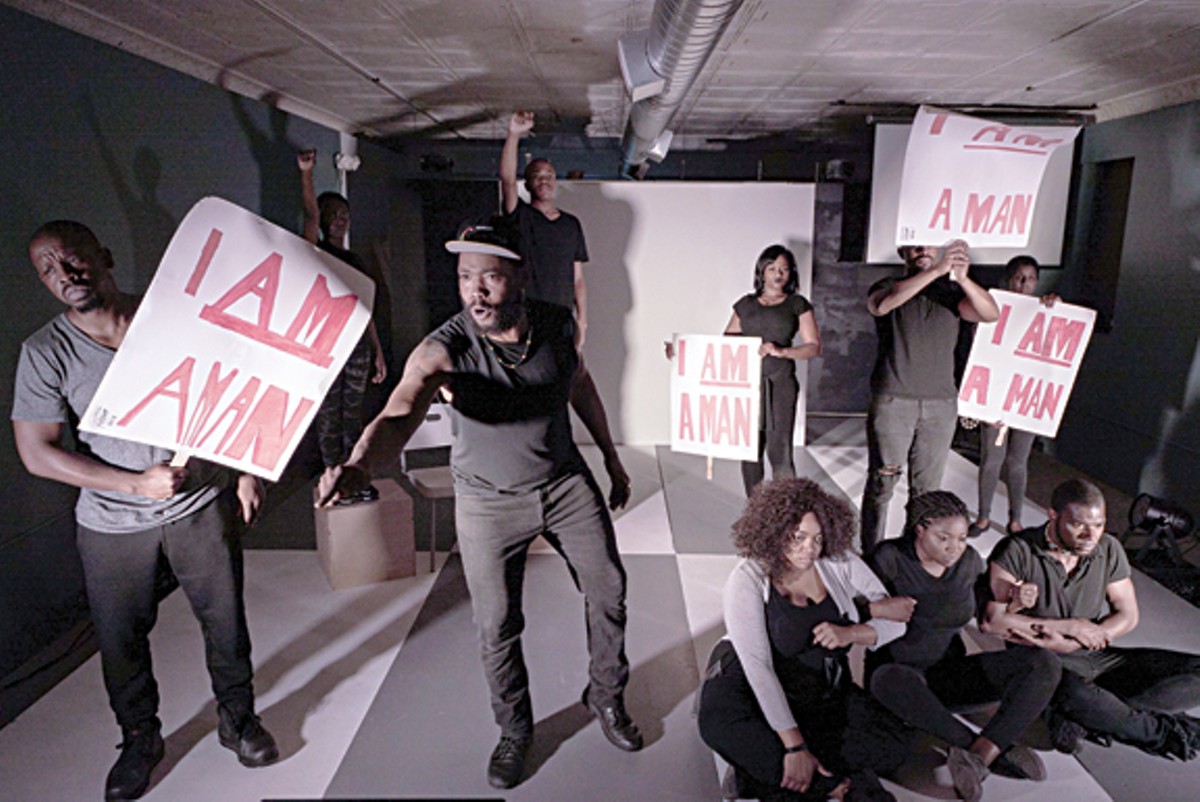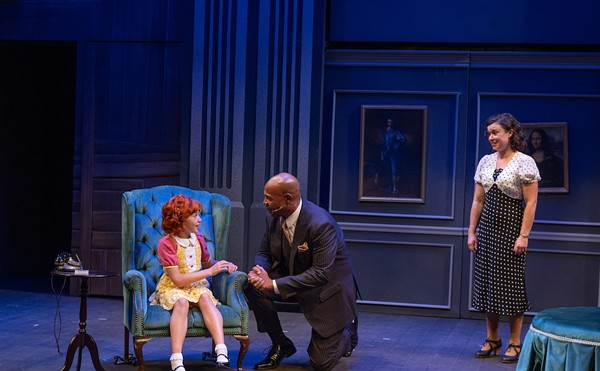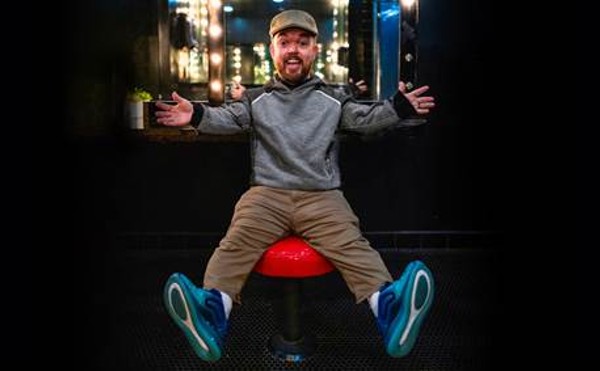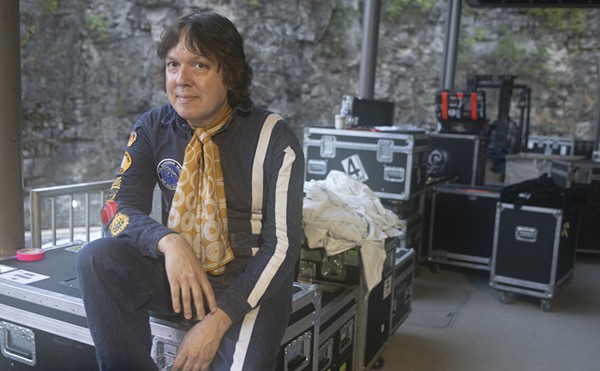On November 22, 2014, 12-year-old Tamir Rice was shot at close range by police officer Timothy Loehmann outside the Cudell Recreation Center on Cleveland's near-westside. Tamir died the next day.
Soon after the shooting, the community dissected video footage of the incident, which showed officers driving into the park and encountering Tamir and his replica pistol. The grand jury ultimately declined to indict Loehmann or his partner. Earlier this year, the city offered a $6-million settlement to the Rice family without admitting wrongdoing.
Rice joined an ever-growing list of black tweens, teens and men who died at the hands of police officers.
In describing the case, county prosecutor Timothy McGinty used the phrase "objectively reasonable" to describe the officers' actions.
Playwrights Local, the area's newest theatrical group, is presenting the world premiere of Objectively/Reasonable (A Community Response to the Shooting of Tamir Rice, 11/22/14), a script and performance conceived by the theater. The performances continue through Sunday, Sept. 4, at Creative Space at Waterloo Arts.
The playwrights interviewed Cudell residents, legal experts, teachers, activists and mothers for their reactions to and thoughts about what happened.
Playwrights Mike Geither, Tom Hayes, Lisa Langford, Michael Oatman and David Todd did the interviews to reflect the community's responses, thus giving a voice to the "silent people." They wrote the segments for the script, mostly monologues. Todd, as the dramaturge, wove the drama together, and the play's director, Terrence Spivey, bridged the pieces with staging devices, including singing, dancing, electronic media and verbal and nonverbal elements.
The play creates an emotional rollercoaster, raising a host of mind-boggling questions and unsettling thoughts. What if the police had stopped when they arrived and tried to talk to the boy, rather than shooting? What would have happened if the 911 operator's words had been clearly conveyed? (The original caller had indicated the gun was "probably fake.")
If only the police had been trained in non-confrontational techniques, or the negative climate of "young black male versus police" wasn't the community norm.
If only Loehmann's record had been carefully considered before he was hired by the Cleveland Division of Police. He had bounced around Northeast Ohio departments, garnering a reputation for being aloof and "weepy" on the job. In 2012, for instance, he resigned from the Independence Police Department following a poor performance review.
Why was a 12-year-old even playing with a toy gun?
The cast members (Ashley Aquilla, Kaila Benford, India Burton, Samone Cummings, Ananias Dixon, Kali Hatten, Jameka Terri, LaShawn Little, Brenton Lyles and Nathan Tolliver) each portray numerous characters with clarity of purpose.
A special spotlight must be focused on Ashley Aquila for her emotional but measured monologue of the words of Samaria Rice. Tears flowing, she slowly textures Samaria's words.
(Little did most of the audience know that Mrs. Rice was in attendance at a recent performance. Following the show, during the talk-back period, she indicated she would be calling upon members of the cast to perform their words as part of her efforts to ensure Tamir's legacy.)
Though a little long, especially with the audience seated on hard church benches, the script holds the attention with sensitive, curious, straightforward, probing, and highly emotional speeches.
Though repetitious at times, much of the material works. If further productions are to be done, based on this presentation, the authors might want to consider some tightening of monologues and cutting of some speeches and the adjustment of the ending so that the audience is aware when the play is over.
The use of pictures and video to supplement the story helps add texture to the speeches. When action was not presented on the screen, a picture of the Cudell cupola hung over the stage as a sad reminder of the site of the horror.
The post-performance talk-back session we attended was moderated by former county commissioner Peter Lawson Jones. It brought out a series of provocative points including needed changes in police culture, the benefits of neighborhood policing, the probes as to whether Tamir would have been shot if he was white, and what white members of the audience would think of going through life as an African American male. Cleveland's segregation pattern — east/black, west/ white, much like cities in the South — drive-by shootings, and the low quality of schools were also topics that came up for discussion.
The next post-performance discussion will be on Sunday, Aug. 28.
It is the purpose of the Playwrights Local to produce works of Northeastern Ohio writers. If future efforts produce anything like this painful-to-watch but well-conceived play, their purpose will be well confirmed. This is a must-see experience for anyone interested in the real world around them, especially if they are not part of the African American community.













